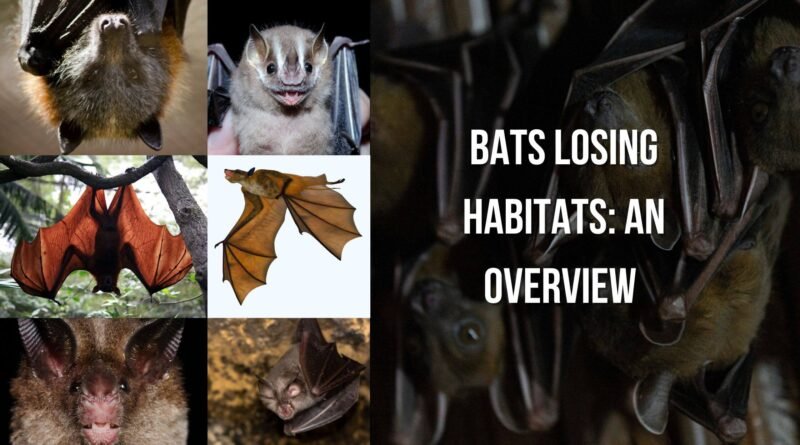Facts about the bats: habitats, bat-borne viruses and more
Since bats are among those mammals that act as a reservoir for inflicting humans with viruses, one of the facts about the bats is taht most of them can lead to severe diseases in the human body. It is because of the growing proximity of the bats with humans that is aiding the transmission of the bat-borne deadly viruses in the human body.
The bat-borne deadly disease has been prevailing for a long time and, in recent times, according to scientific studies has played the pivotal part in spreading the novel coronavirus. That’s not all, the Middle East Respiratory Syndrome (MERS) and the Severe Acute Respiratory Syndrome (SARS) are outcomes of the deadly bat-borne viruses.
Now the question is, why does this pernicious mammal live in close contact with the human territories? Also, why does it carry several deadly viruses that have the potential to cause syndromes and ailments in humans?
Here’s a quick look on why these mammals are losing their habitats and what influence that has on the outbreak of pandemics.
In nature, there are above 1,000 types of these flying mammals, which further comprise one-fifth of the total mammal types on the Earth. They share certain similar characteristics and behavioral traits such as the dispersion of seeds, pollinating the unique flora or even devouring a large number of insects.
So, bats play a pivotal role in facilitating biodiversity in various ecosystems, be it wetland or deserts. These flying mammals also work as pollinators of crops like bananas and mangoes. Moreover, they can consume insects equal to their body weight within a single night and keep the crops safe.
Reasons why they have become hosts for deadly virus
However, plagued by their indigenous diseases, these species often become the repository for deadly viruses. Bats can be found across the six continents of the world, excluding Antarctica. Here we have a list of facts about bats that lead them to get close to humans, which leads to the spread of the virus.



#1 The white-nose syndrome
The white-nose syndrome is among the diseases which eliminate bats in a vast number. This disease originated in North America where a large part of the bat population was affected and numerous bats died. Although, there are no reported cases of WNS in humans, scientists and researchers are doubtful about its ill-effects.



#2 Habitat loss
Several urbanization measures and developmental work like the construction of roads, lead bats to the danger of losing their habitat. With the loss of their habitat, bats reside in the cities and densely populated human-dwelling areas.
Other than living close to humans, bats also share their food. They often feast on fruits from the orchards and suck in blood from goats and cows. Thus, it increases the risk factors of virus transmission.
#3 Different kinds of bat-borne viruses
Bats are the causes for one of the most widespread human rabies. They can also host destructive viruses like the Ebola virus, Nipah, Hendra, and Marburg virus.
All these viruses usually transmit through intermediate creatures. During the outbreak of SARS, the transmission occurs through civet cats, and for MERS, it transfers through dromedary camels. Additionally, horses pass on the Hendra virus and the most recent COVID-19 through pangolins via the wet market in Wuhan.
There is a distinction between these viruses. Ebola and Marburg are types of Filovirus, whereas SARS and MERS are types of Corona virus, but Hendra and Nipah are types of Henipavirus. Not only these, but there are several other types of bat-borne viruses, including adenoviruses, rhinoviruses, and Lyssaviruses.
As they inhabit in large groups, a single infected mammal could further infect a colony of bats. It may then result in virus transmission directly into the human body or through another animal.
Final thoughts
Although they possess a defense mechanism, the virus still lingers throughout their lives and reproduces at a higher speed than other animals to give birth to dangerous diseases. Consequently, all these bat-borne viruses have put the world’s population under the threat of typical zoonotic influence, which accelerates the outbreak of zoonotic diseases such as anthrax, rabies, etc. In a nutshell, these are some of the facts about bats that lead them to become hosts of deadly viruses.




